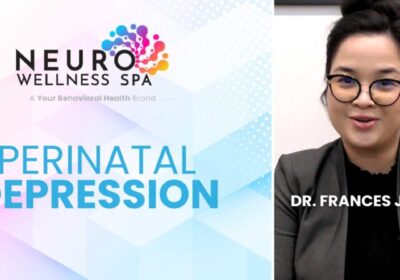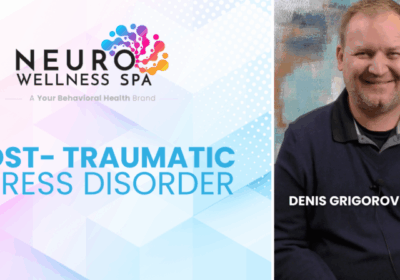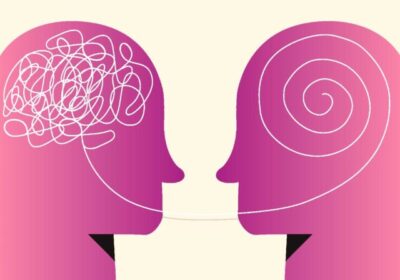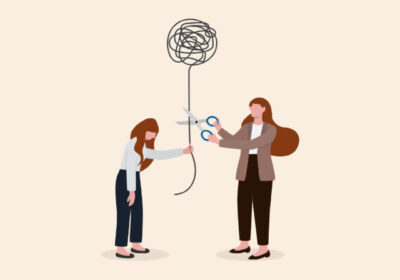October 2019 Newsletter
The Therapeutic Role of Animals Examined: From Emotional Support Animals to Animal Assisted Therapy

While the therapeutic potential of the animal-human relationship was first recognized in the 1800s by Florence Nightingale, the use of animals for psychosocial support has expanded rapidly over the last few years.
Currently, animals can be found assisting the therapeutic process across the lifespan, from children to older adults, and across a variety of settings, from hospitals, to substance abuse programs, to airports and more.
Although there is overwhelming anecdotal evidence to support the healing power of the animal-human relationship, research on the psychosocial benefits of animal-human interactions is still relatively new.
Emerging literature has documented the neurobiochemical, cardiovascular and cognitive benefits of companion pets, including their ability to decrease cortisol levels (a stress-related hormone) and lower blood pressure. These findings have important implications for trauma-informed therapy and processing trauma-related issues, as the lowering of cortisol may enable clients to better enter the psychotherapy process.
The National Institutes of Health reported that animals may also help reduce loneliness, increase feelings of social support, and boost mood. A parallel calming effect of animals’ presence has also been documented among therapists when clients share their traumatic encounters.
Interestingly, not all therapeutic animal research is focused on humans. Studies have found that animals may also benefit from the exchange. Researchers reported that shelter dogs involved in therapeutic programs, like those helping veterans readjust to being at home, are significantly more likely to be adopted, likely due to the additional exercise and socialization.
As the scientific foundation supporting the benefits of animal-human interactions grows, there are four ways that animals are increasingly involved in psychiatric support:
1. Service Animals
Service animals, also referred to as assistance animals, are specially trained to work with or perform tasks for people with disabilities. A psychiatric service dog, for example, might be responsible for stopping someone from engaging in self-mutilating behavior, reminding someone to take his or her medication, or turning the lights on in an empty room for someone with anxiety. Service animals are protected under the Americans with Disabilities Act (ADA), and have the right to accompany their owners in any public space.
2. Emotional Support Animals
Although many use the terms “service animal” and “emotional support animal” interchangeably, there are important legal differences. Emotional support animals (ESAs) provide therapeutic support to people with mental illness; however, they are not specially trained and thus, are not covered under the ADA. Instead, ESAs have fewer legal protections. Under the Air Carrier Access Act, they are required to fly in airplanes for free and under the Fair Housing Act, they are allowed in otherwise pet-free housing, including dorms.
Although the U.S. lacks a centralized registry of emotional support dogs, a study from the University of California at Davis reported the number of ESAs registered by animal control facilities in California increased 1,000% between 2002 and 2012. This recent, dramatic rise of emotional support animals and the accompanying surge of certifying letter requests, has led some therapists to call for a strict, standardized evaluation model.
3. Animal Assisted Activities
Animal assisted activities (AAAs) provide motivational, educational or recreational opportunities to enhance quality of life. AAAs are delivered in a variety of environments, often by paraprofessionals or volunteers. Visits can be brief and spontaneous; often animal assisted activities involve meet-and-greet sessions of pets in hospitals or long-term care centers.
4. Animal Assisted Therapy
Animal assisted therapy (AAT) in counseling involves an intentional intervention, implemented by a licensed mental health professional, that is part of the client’s treatment process. Generally, AAT is a structured and goal-directed process led by a health provider with expertise about the clinical applications of human-animal interactions. Animal-assisted therapy is designed to promote improvement in human physical, social, emotional or cognitive function. AAT may be group or individual in nature and may be provided in a variety of settings.
Believe it or Not!?
Health Hystory
Animals have been celebrated for their healing properties since the time of ancient Egypt. According to 1500 B.C.’s Ebers Papyrus, donkey, dog, gazelle and fly dung was used in topical ointments for diseases and injuries. While this practice may have occasionally led to tetanus and other infections, it likely wasn’t entirely ineffective— research shows the microflora found in some types of animal excrement have antibiotic properties.
An Exclusive Q&A with Sophia Galano, LCSW
-
When did you start incorporating animal-assisted therapy into your practice and for which patients? How do you mitigate risk?
I started incorporating animal-assisted therapy into my practice in June 2019. I typically integrate animal-assisted therapy into sessions with my young adult and adolescent clients. Many of my younger clients have recently moved away from their childhood homes, and so have been separated from their pets. As a result, they tend to be very receptive to the presence of an animal during session. From my experience, the most important factor in determining the appropriate use of animal-assisted therapy while mitigating risk is to communicate with my clients before, during and after each session. It is essential to have open communication about potential risks, hesitations and general emotions prior to each animal-assisted session, as well as once the session has ended.
-
From your experience, how has the presence of an animal or pet aided the therapeutic process?
With the appropriate client, the presence of an animal can aid the therapeutic process tremendously. With an animal by their side, my clients have expressed feeling more comfortable, nurtured and safe in discussing sensitive material. Many clients report a decrease in anxiety and nervousness when arriving to their animal-assisted therapy sessions, often describing the therapeutic setting as less intimidating.
-
What advice would you give to a therapist interested in incorporating animal assisted therapy into counseling sessions with his or her clients?
The most essential advice I give to therapists considering animal-assisted therapy is to communicate with their clients throughout the process. Communication will not only reduce any risks, but also determine the effectiveness of the animal’s presence in therapy. It is important to consider the preferences of individual clients as well as their backgrounds and histories. Encourage your clients to be direct in terms of their comfort levels and verbalize their readiness to incorporate animal-assisted therapy into treatment. Needless to say, also ensure the animal you incorporate into your work is appropriately trained and a suitable fit for your clients!
Where We’ve Been…

Palos Verdes Breakfast Club
September 21, 2019, Palos Verdes, CA
Dr. Martha Koo, M.D. presented on advancements in neuroscience and technology: transcranial magnetic stimulation and photobiomodulation.

Neuro Wellness Spa Team Building Night
September 25, 2019, Tower 12, Hermosa Beach, CA
The team at Neuro Wellness Spa got together a few weeks back to share their experience working together at Tower 12!

2nd Annual Conference of the American Society of Ketamine Physicians
September 19 – 21, Denver, CO
Emily Pedersen, MPH, M.Ed., attended and participated in discussions about the safe, clinical use of ketamine in the treatment of mood disorders, psychotherapy and pain conditions.
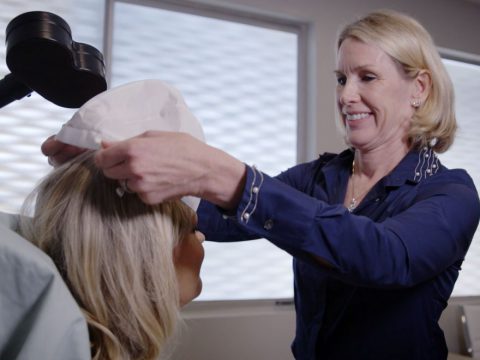
Paper on rTMS and Addiction Published in EC Psychology and Psychiatry
Martha Koo, M.D. and Emily Pedersen were recently published for their review of rTMS in the treatment of addiction by EC Psychology and Psychiatry.
…Where We’re Going
We’re more than a newsletter. We give tours, offer consultations and can even speak at your event.




